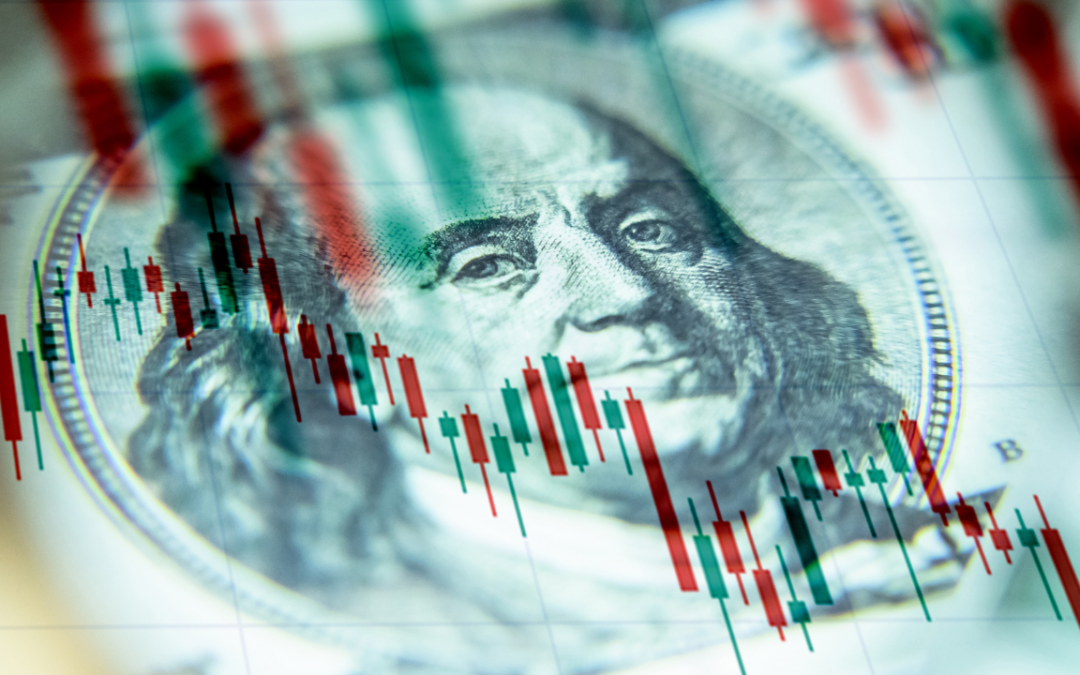As any experienced fisherman knows, a river does not flow directly from its source to the sea. Eddies and backflows are common. In them reside both opportunity and risk for the angler.
The same is true in financial markets. Cross currents abound. Some are sources of return, while others are pools of deception. All contain vital information for those willing to look closely, seeking opportunity while minimizing risk.
Since the end of March, equity markets have risen strongly, with indices regaining most of their first quarter losses and in some cases even reaching new highs. Many stocks, sectors and styles have benefitted, but some investible assets and sub-asset classes have become trapped in side-channels or have even flowed back against the main current. Those exceptions reveal a lot about what’s driving markets and, perhaps, how long the rally can last.
Consider US credit fixed income. Over the past three months, all sub-sectors have made gains. Putting aside equity-linked instruments (e.g., convertible bonds or preferred stock), the best performers since mid-April have been high-grade fixed and floating corporate bonds, municipal bonds and Treasury inflation-protected notes (TIPS). The laggards have been high yield, agency debt, mortgage-backed securities (MBS) and senior loans. Over the past month the market has become even more bifurcated, with high grade, conventional Treasury notes and TIPS advancing, while high yield, senior loans, and MBS have lost value. Three-month returns on 7-to-10-year US high grade corporate bonds have been identical to those on triple-C rated high yield or emerging market crossover debt.
In short, despite the tremendous three-month rally in global equities, US fixed income investors have expressed a preference for quality and duration, not credit risk. Fixed income investors have remained prudent, with few signs of a ‘dash for trash’, which so often depicts the early stages of a cyclical recovery.
Cyclical preference is also difficult to discern in currency markets. Over the past three months, the US dollar has lost ground against all developed currencies, nearly without exception. The top currency performers include some that are traditionally cyclically sensitive, such as the Australian dollar or Norwegian kroner. But other winners include the less cyclical Swedish krona or New Zealand dollar. The US dollar has also dipped in recent months against the Japanese yen and the Swiss franc, traditional ‘safe haven’ currencies. Meanwhile, emerging currencies—typically bellwethers for cyclical recovery—have struggled to regain their sharp Q1 losses, with many weakening again since early June.
As we have noted before, similar patterns can be discerned within equity markets. During most of the rally, large capitalization technology stocks, growth and momentum styles have led the charge, while riskier cyclicals, value and small capitalization stocks have lagged, often considerably. By sector, the best performers over the past one and three months remain technology, consumer discretionary and communications, with financials, utilities and real estate pulling up the rear.
This is neither a pattern of ‘pure defensive’ nor ‘cyclical’, but rather of persistence. Put differently, rotation remains stunted. Growth and momentum have not relinquished their grip on market leadership.
For an index investor, these oddities may seem a distraction. After all, sticking with the market capitalization index has produced strong performance. But even the index holder ought not to overlook its key features—narrowing leadership and increasing concentration. For instance, as of July 8, only one stock in the fifty smallest companies within the S&P500 was in positive territory for the year. An equal-weight ETF version of the S&P500 is down 12% year-to-date, versus the market capitalization weighted index, which is down just 3%. Those figures convey the reality of an index dominated by a few winners and lacking much breadth.
It is clear that without rotation, equities cannot maintain their recovery momentum. Rotation, in turn, should logically require confidence that economic re-opening can be sustained, enabling broader spending and economic activity to durably resume. This is unlikely as long as the Covid-19 virus continues to spread. In the United States, the outbreak is growing in 37 states, with 60,000 new cases announced last Saturday alone and Florida accounting for over 15,000 of them. Further, eight states set single day infection records last week, with a number of them either slowing re-opening or moving towards a lockdown again. In Brazil, approximately 70,000 people have died, and total cases have surpassed 1.75 million. These dynamics are playing out in numerous countries around the world, from India to Russia to Peru. In short, the pandemic is not under control and there is a strong likelihood of a further delay in the resumption of international commerce and finance.
Yet, at the same time, monetary and fiscal policies worldwide remain supportive to those part of the economy which are functioning, with the beneficiaries largely identified by investors. The upshot is that what has worked for investors continues to work, explaining why market momentum and leadership remain intact. In turn, the prevailing market view seems to be that only exogenous factors – the development of a vaccine on the positive side, a serious viral mutation or geopolitical shock on the negative – will change the current course of markets. For now, the growing rate of infections continues to be met with a shrug from investors. Perhaps they are banking on a miracle vaccine in the near-term, perhaps they believe there is no alternative to equities thanks to the actions of the Federal Reserve, perhaps it is the fear of missing out on the rally. Whatever the rationale, the durability should be viewed critically – the U.S. stock market’s PE today is 50% higher than its long term average.
Investors, it seems, are resigned to following the main current of the river. That may be a good strategy for a boater looking to drift along effortlessly, but an angler knows that fishing in the same pool as everyone else rarely leads to anything except disappointment.
Be wary of the prevailing view – it rests on a precariously slim foundation and requires groupthink, which doesn’t last forever.



